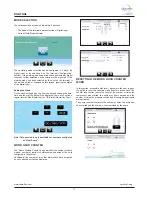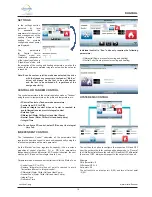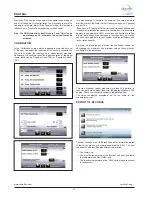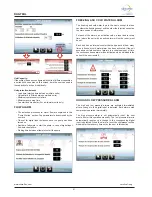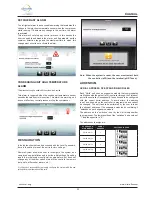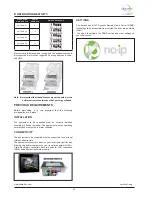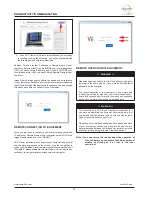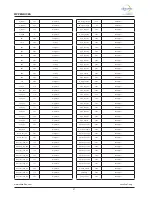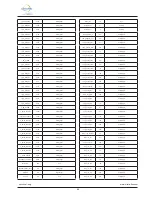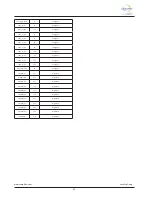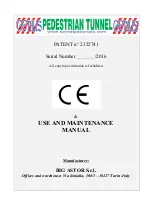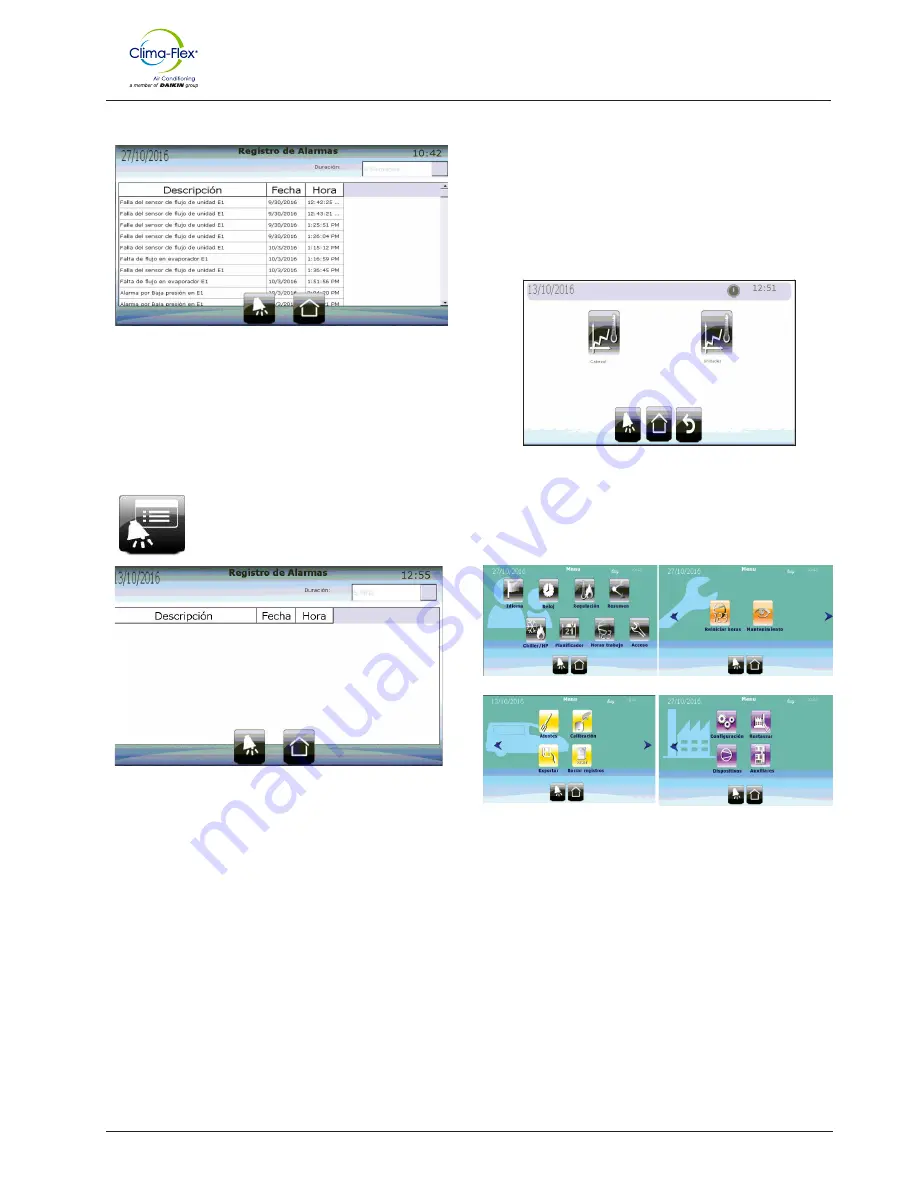
cm-clic-cf-eng
www.clima-flex.com
14
ALARM LOG
Within the Navigation bar of one of the 2 previous screens, the
“Alarm Log” button will be displayed.
In this screen you can see the Alarms that have been activated in
a certain period. These records are stored in the internal memory
of the terminal, so it does not matter if the Alarm conditionals are
no longer found. They will be saved in the memory for later review.
GRAPHICS
The pGD Touch terminal keeps in the internal memory the
information of the temperature readings of the Injection and
Return Sensor of the main unit, as well as the injection and return
temperatures of all enabled units. By pressing the “Graphs” button
on the home screen navigation bar, the user will be directed to the
menu where he/she can select the type of graphs to display.
In the “Main unit” section (and only if the sensors are enabled in the
main unit) the injection and return readings of the “Mother” unit will
be displayed. In the “Units” section the injection and return sensor
readings of all units will be displayed.
The properties of the graphs that can be edited are: Duration (Time
Period) and maximum and minimum limits (Temperature Ranges).
MENU
On the home screen there is a button to access the “Navigation
Menu”. This menu contains the pages where all the system
parameters are located. It is divided into 4 sections: Full Access,
Level 1 Access Level 2 and Level 3.
BY PRESSING THIS BUTTON, THE USER WILL BE
TAKEN TO THE “ALARM LOG” SECTION.
By pressing the “Active Alarms” button, this screen will be displayed:
This screen will display all active alarms. Any alarm can be reset by
pressing the “Reset” button.
It is worth mentioning that if the error has not been corrected, the
alarm will be reactivated.
These properties are edited in the on-screen navigation menu
where the graphs are displayed by pressing the “Graph Settings”
button.
The pGD Touch terminal stores a reading of each of the
temperatures mentioned above (Injection and main return, and
injection temperature of each enabled unit) every 180 seconds
(3 minutes) and can store over 100,000 samples of data before
starting to rewrite over the oldest data. With these parameters, the
pGD Touch can store data for the previous 7 months (208 days).
Control

















